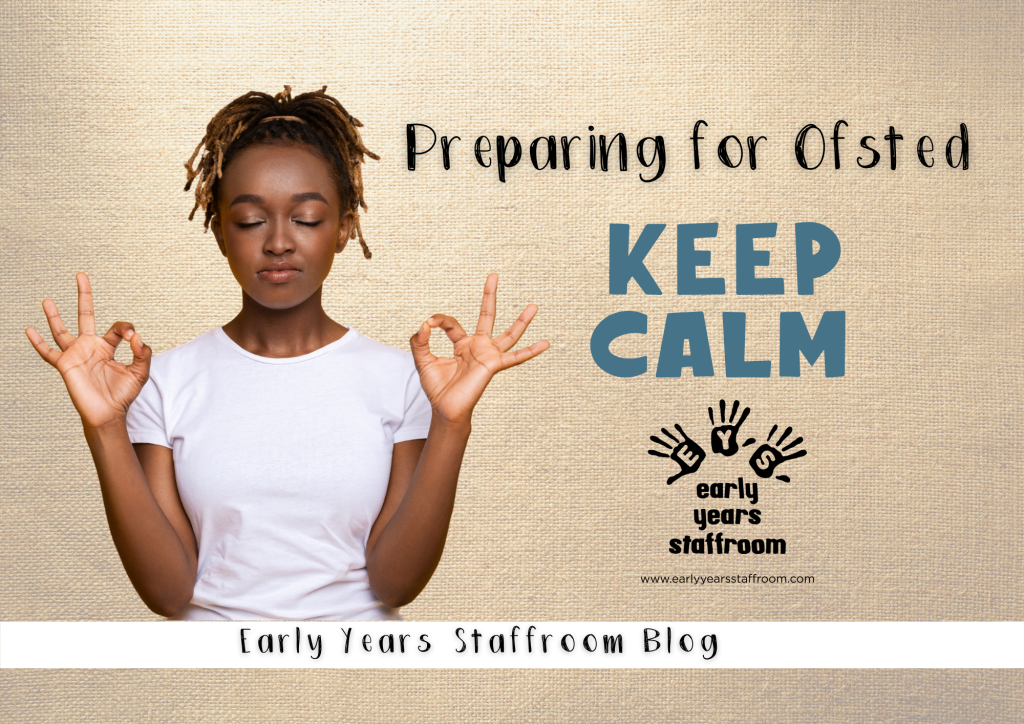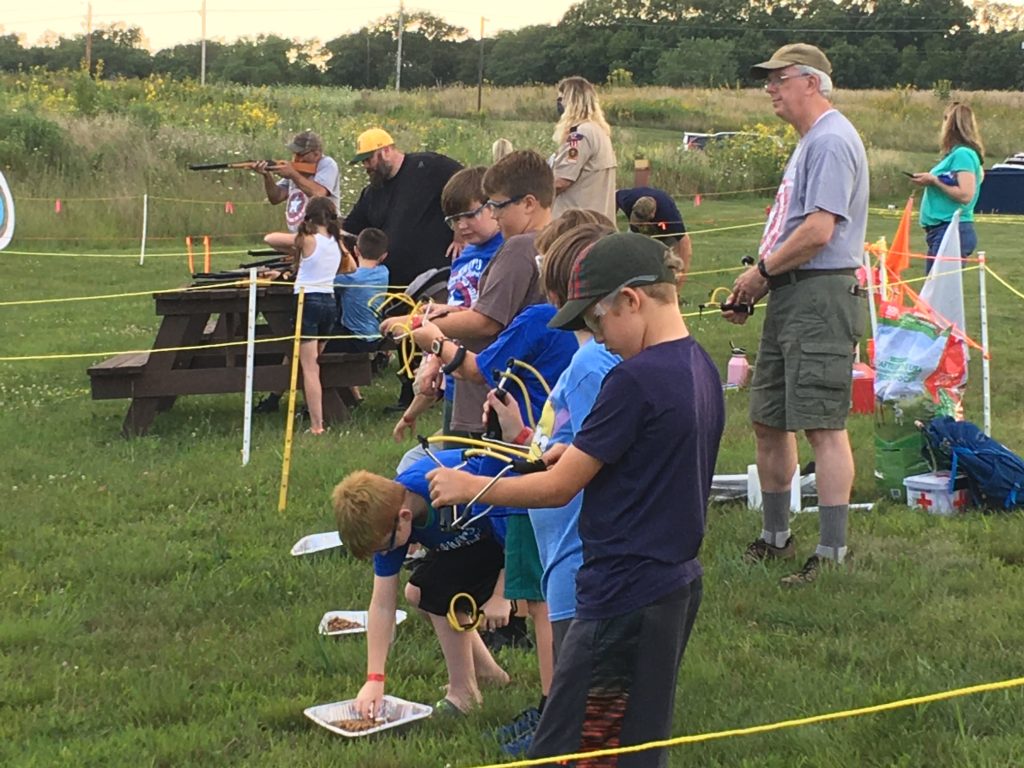Introduction
School fundraising has long been an essential part of the American education system, supplementing budgets to provide additional resources and opportunities for students. From bake sales to box tops, fundraisers help bridge the gap between what schools need and what they can afford. In this article, we will examine the impact of school fundraising on a case study school in America, highlighting the effectiveness of these efforts and discussing potential improvements.
A School’s Story: Sunshine Elementary
Sunshine Elementary, located in a mid-size city in the United States, faced budget cuts due to a decrease in local funding over the past few years. As a result, essential extracurricular programs like art, music, and sports were at risk of being eliminated. To save these programs and better serve their students, the school’s Parent Teacher Association (PTA) decided to take action by organizing a series of fundraisers throughout the school year.
Methods of Fundraising
Sunshine Elementary employed a variety of traditional and innovative fundraising methods for their cause. Some events included:
1. Bake Sales: Classic bake sales were hosted both after school and during community events. Homemade desserts attracted local residents and raised funds for extracurricular programs.
2. Parent Nights Out: Parents were given the opportunity to have an evening out while their children enjoyed supervised activities at school. Parents paid for this service, generating funds for Sunshine Elementary.
3. Box Tops for Education: Box Tops – small squares found on participating product packaging – were collected from families. Box Tops earn money by being redeemed at face value for cash donations.
4. Corporate Sponsorships: Local businesses partnered with the PTA to sponsor events or donate a portion of their proceeds during specific times periods.
Results
Over the course of one school year, Sunshine Elementary managed to raise an impressive sum through its various fundraisers. Consequently, they saved all extracurricular programs from being eliminated. The PTA and the school also established long-lasting partnerships with local businesses that continued to support their fundraising efforts in subsequent years.
Challenges and Opportunities
While Sunshine Elementary’s fundraisers were ultimately successful, they faced common challenges inherent in school fundraising:
1. Volunteer Burnout: Organizing and executing fundraisers require significant manpower. Parent volunteers often juggle jobs, family commitments, and other responsibilities alongside their fundraising work.
2. Competition: Schools within the same district or community may compete for resources while organizing similar fundraisers.
3. Sustainability and Impact: Schools need to assess if their fundraising efforts have lasting benefits and measurable long-term impacts.
Conclusion
School fundraising is a critical component of maintaining a well-rounded educational experience for students. As demonstrated by Sunshine Elementary’s success, these efforts often lead to better funding for essential programs that would be otherwise limited or eliminated due to budget cuts. To continue improving the effectiveness of school fundraising, stakeholders—such as parents, teachers, administrators, and local businesses—should collaborate to address challenges and maximize the benefits for students in need.











